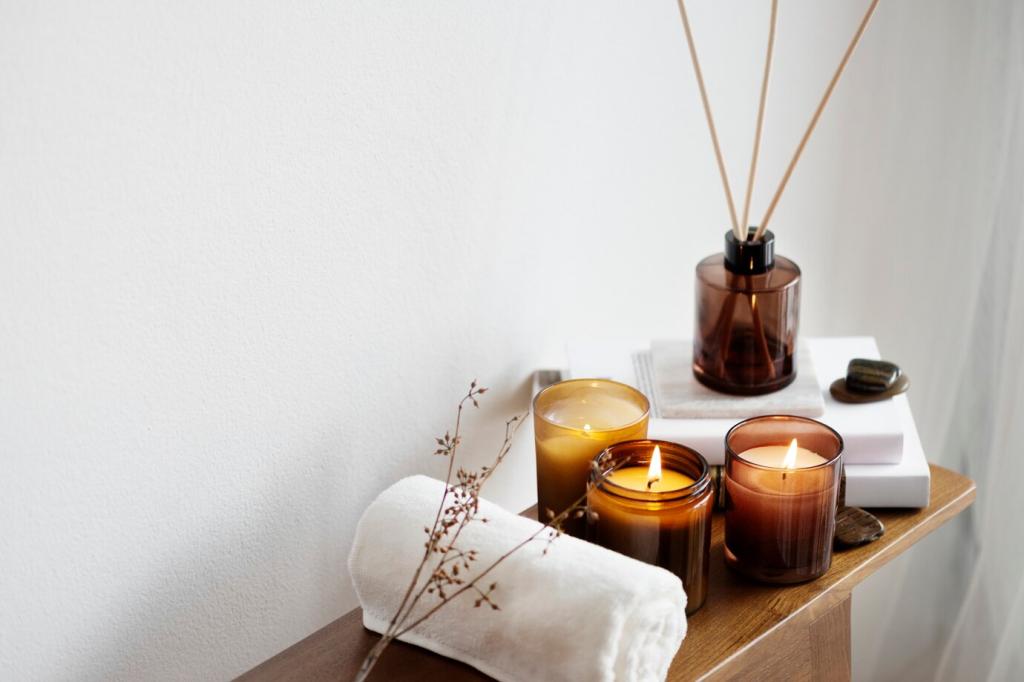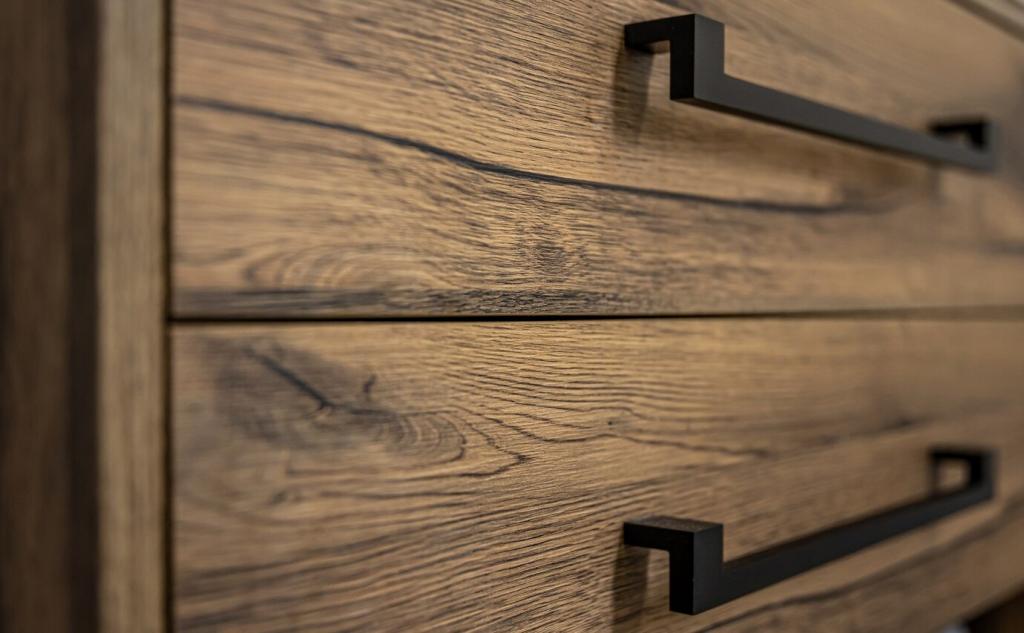Biophilic Design: Integrating Nature into Architecture
Biophilic design is an innovative architectural approach that seeks to strengthen the connection between humans and the natural environment within built spaces. By consciously integrating nature into architecture, designers aim to create environments that are not only visually pleasing but also foster well-being, health, and productivity. This page examines the core principles of biophilic design, its positive impacts, practical applications, and essential design strategies that bring nature and architecture into harmonious alignment.
The Philosophy Behind Biophilic Design
Biophilia is a term popularized by biologist E.O. Wilson, describing humanity’s intrinsic connection to the natural world. This connection is woven into our biology, influencing how we feel, think, and behave in response to our environment. The philosophy emphasizes that when environments mirror the patterns found in nature, individuals experience increased relaxation, reduced stress, and greater emotional balance. Integrating this understanding into design is instrumental in creating spaces that resonate with our evolutionary instincts, leading to more profound feelings of comfort and belonging.

Enhancing Health and Wellness
Architectural environments enriched with natural elements have been linked to improved physical well-being. Elements such as increased access to sunlight, fresh air, and plant life contribute to reduced incidences of illness, faster healing rates, and overall higher levels of energy. For example, hospitals with garden views report shorter patient recovery times, while offices with indoor greenery foster lower absenteeism and heightened employee satisfaction. Spaces intentionally designed with health in mind breed vibrant, thriving communities.
Boosting Productivity and Creativity
Natural elements in workplaces, schools, and creative studios have a measurable impact on performance. Daylight, views of nature, and organic materials contribute to reduced fatigue and greater mental clarity, inspiring innovative thinking. Employees in biophilic offices are more engaged and experience fewer distractions, while students in nature-integrated classrooms demonstrate higher achievement and better concentration. These effects ripple outward, influencing organizational culture and educational outcomes alike.

Residential Spaces Reimagined
Today’s homes are increasingly designed with nature in mind, moving beyond traditional interior design to create holistic living environments. Strategies such as integrating courtyards, maximizing window views, and incorporating indoor plants infuse daily life with tranquility and vitality. Natural materials like wood and stone evoke a sense of groundedness, while flowing layouts blur the boundaries between indoors and outdoors. The result is a home atmosphere that nurtures relaxation and rejuvenation, turning personal spaces into sanctuaries.

Transforming Workplaces
The modern workplace is undergoing a biophilic revolution, responding to a growing recognition of the impact environment has on employee well-being and output. Offices are now designed with abundant daylight, indoor gardens, water features, and open air terraces. Biophilic elements foster collaboration and innovation, making the workplace a destination that supports both productivity and wellness. By reimagining office layouts around principles of nature, organizations are redefining what it means to create supportive and inspiring work environments.

Enriching Public and Urban Spaces
Cities and public buildings present vast opportunities for biophilic design at scale. Green corridors, rooftop parks, and urban forests soften the urban fabric, providing city dwellers with access to the restorative qualities of nature. Public libraries, museums, and schools with integrated greenery become gathering places for communities, fostering social connection and inclusivity. By embedding nature in city planning, municipalities enhance quality of life, making urban environments more livable for all.
